Leslie Kanthan
evoML Yellow Paper: Evolutionary AI and Optimisation Studio
Dec 20, 2022
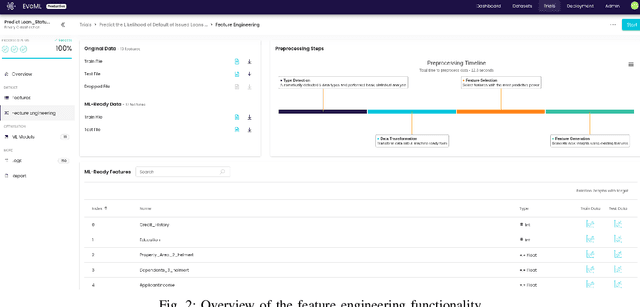
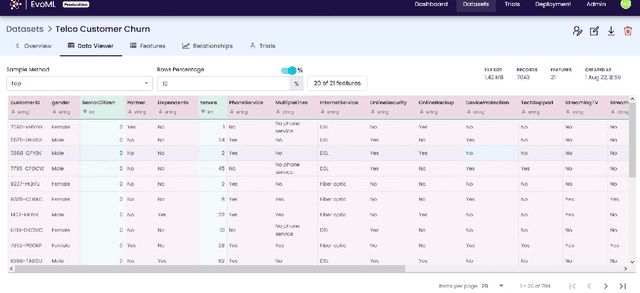
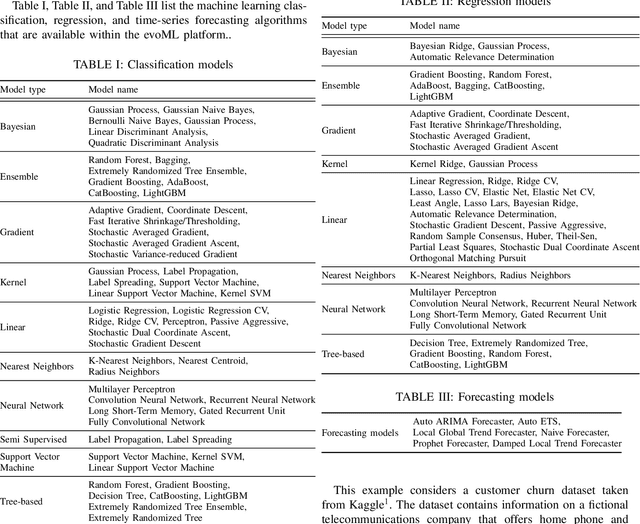
Abstract:Machine learning model development and optimisation can be a rather cumbersome and resource-intensive process. Custom models are often more difficult to build and deploy, and they require infrastructure and expertise which are often costly to acquire and maintain. Machine learning product development lifecycle must take into account the need to navigate the difficulties of developing and deploying machine learning models. evoML is an AI-powered tool that provides automated functionalities in machine learning model development, optimisation, and model code optimisation. Core functionalities of evoML include data cleaning, exploratory analysis, feature analysis and generation, model optimisation, model evaluation, model code optimisation, and model deployment. Additionally, a key feature of evoML is that it embeds code and model optimisation into the model development process, and includes multi-objective optimisation capabilities.
Real-time Detection of Practical Universal Adversarial Perturbations
May 22, 2021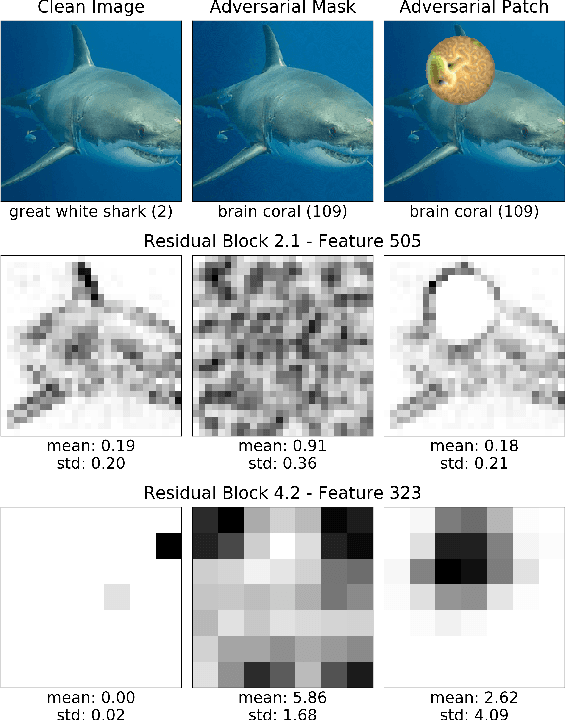



Abstract:Universal Adversarial Perturbations (UAPs) are a prominent class of adversarial examples that exploit the systemic vulnerabilities and enable physically realizable and robust attacks against Deep Neural Networks (DNNs). UAPs generalize across many different inputs; this leads to realistic and effective attacks that can be applied at scale. In this paper we propose HyperNeuron, an efficient and scalable algorithm that allows for the real-time detection of UAPs by identifying suspicious neuron hyper-activations. Our results show the effectiveness of HyperNeuron on multiple tasks (image classification, object detection), against a wide variety of universal attacks, and in realistic scenarios, like perceptual ad-blocking and adversarial patches. HyperNeuron is able to simultaneously detect both adversarial mask and patch UAPs with comparable or better performance than existing UAP defenses whilst introducing a significantly reduced latency of only 0.86 milliseconds per image. This suggests that many realistic and practical universal attacks can be reliably mitigated in real-time, which shows promise for the robust deployment of machine learning systems.
Better Model Selection with a new Definition of Feature Importance
Sep 16, 2020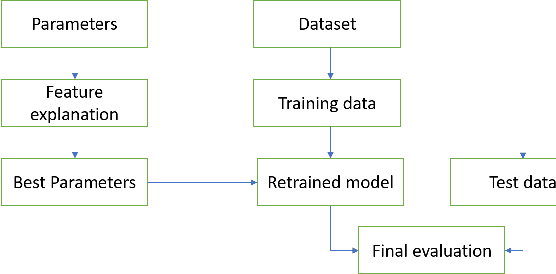

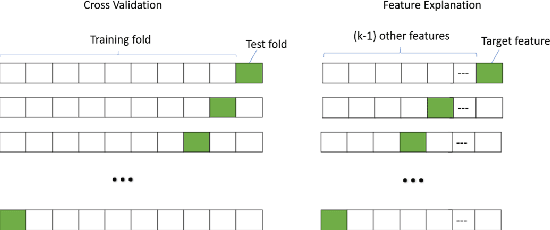

Abstract:Feature importance aims at measuring how crucial each input feature is for model prediction. It is widely used in feature engineering, model selection and explainable artificial intelligence (XAI). In this paper, we propose a new tree-model explanation approach for model selection. Our novel concept leverages the Coefficient of Variation of a feature weight (measured in terms of the contribution of the feature to the prediction) to capture the dispersion of importance over samples. Extensive experimental results show that our novel feature explanation performs better than general cross validation method in model selection both in terms of time efficiency and accuracy performance.
IEO: Intelligent Evolutionary Optimisation for Hyperparameter Tuning
Sep 10, 2020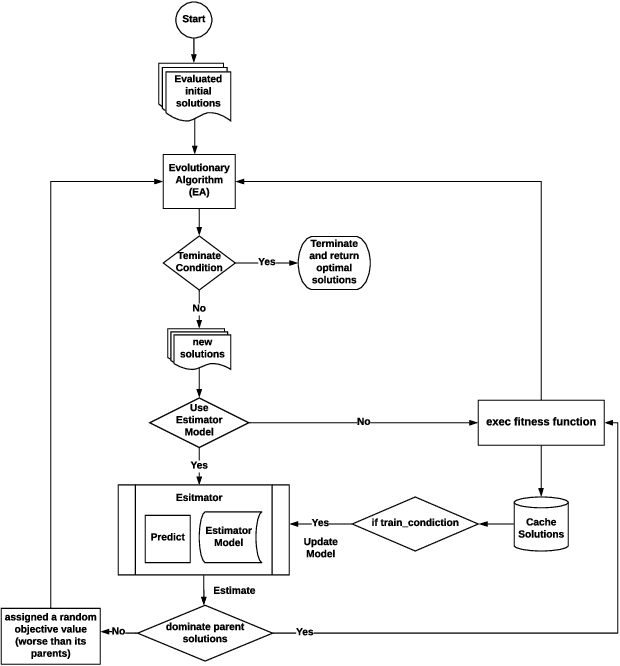
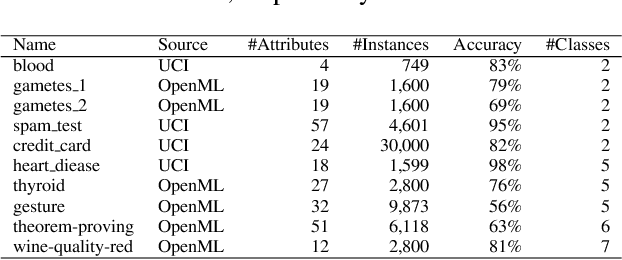

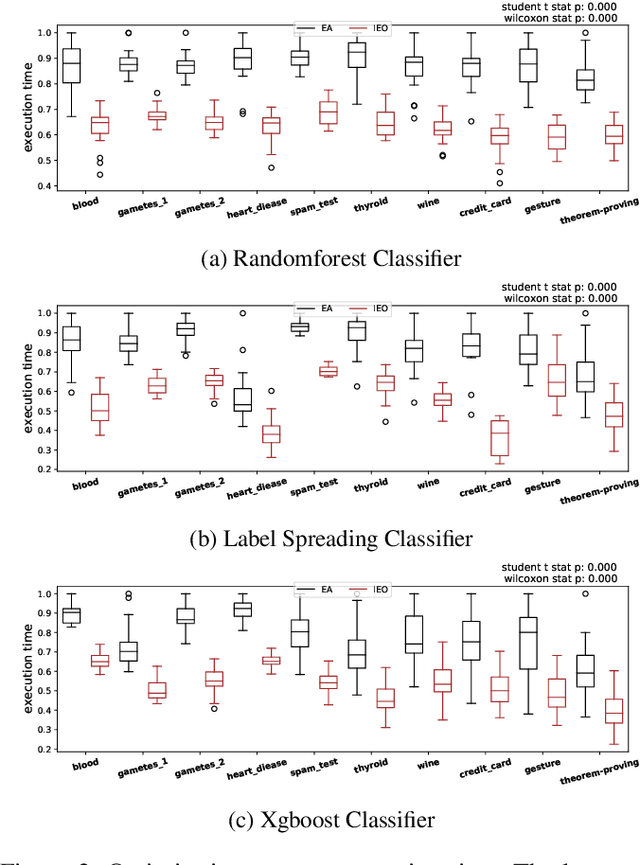
Abstract:Hyperparameter optimisation is a crucial process in searching the optimal machine learning model. The efficiency of finding the optimal hyperparameter settings has been a big concern in recent researches since the optimisation process could be time-consuming, especially when the objective functions are highly expensive to evaluate. In this paper, we introduce an intelligent evolutionary optimisation algorithm which applies machine learning technique to the traditional evolutionary algorithm to accelerate the overall optimisation process of tuning machine learning models in classification problems. We demonstrate our Intelligent Evolutionary Optimisation (IEO)in a series of controlled experiments, comparing with traditional evolutionary optimisation in hyperparameter tuning. The empirical study shows that our approach accelerates the optimisation speed by 30.40% on average and up to 77.06% in the best scenarios.
Ascertaining price formation in cryptocurrency markets with DeepLearning
Feb 09, 2020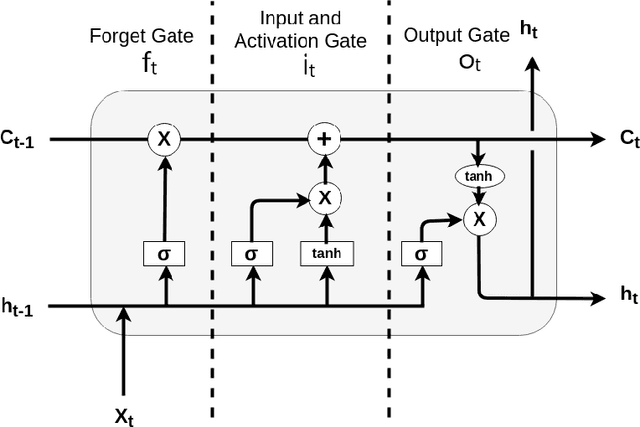

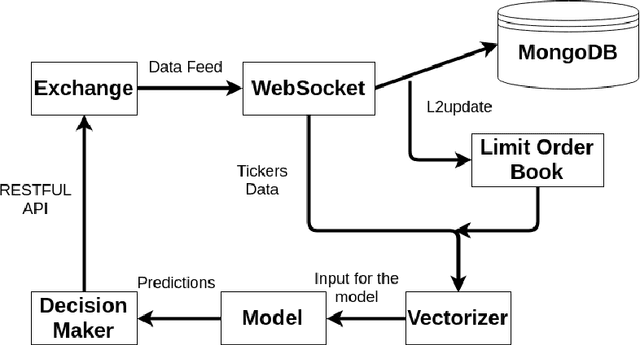

Abstract:The cryptocurrency market is amongst the fastest-growing of all the financial markets in the world. Unlike traditional markets, such as equities, foreign exchange and commodities, cryptocurrency market is considered to have larger volatility and illiquidity. This paper is inspired by the recent success of using deep learning for stock market prediction. In this work, we analyze and present the characteristics of the cryptocurrency market in a high-frequency setting. In particular, we applied a deep learning approach to predict the direction of the mid-price changes on the upcoming tick. We monitored live tick-level data from $8$ cryptocurrency pairs and applied both statistical and machine learning techniques to provide a live prediction. We reveal that promising results are possible for cryptocurrencies, and in particular, we achieve a consistent $78\%$ accuracy on the prediction of the mid-price movement on live exchange rate of Bitcoins vs US dollars.
Universal Adversarial Perturbations to Understand Robustness of Texture vs. Shape-biased Training
Nov 23, 2019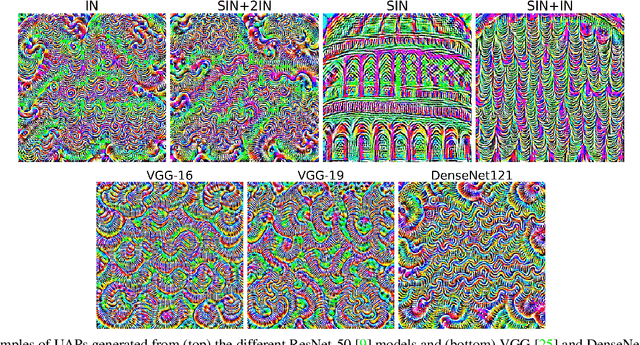


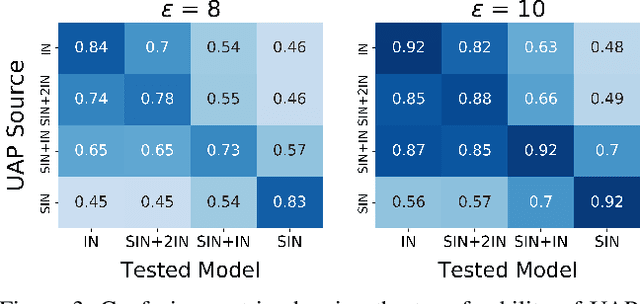
Abstract:Convolutional Neural Networks (CNNs) used on image classification tasks such as ImageNet have been shown to be biased towards recognizing textures rather than shapes. Recent work has attempted to alleviate this by augmenting the training dataset with shape-based examples to create Stylized-ImageNet. However, in this paper we show that models trained on this dataset remain vulnerable to Universal Adversarial Perturbations (UAPs). We use UAPs to evaluate and compare the robustness of CNN models with varying degrees of shape-based training. We also find that a posteriori fine-tuning on ImageNet negates features learned from training on Stylized-ImageNet. This study reveals an important limitation and reiterates the need for further research into understanding the robustness of CNNs for visual recognition.
 Add to Chrome
Add to Chrome Add to Firefox
Add to Firefox Add to Edge
Add to Edge